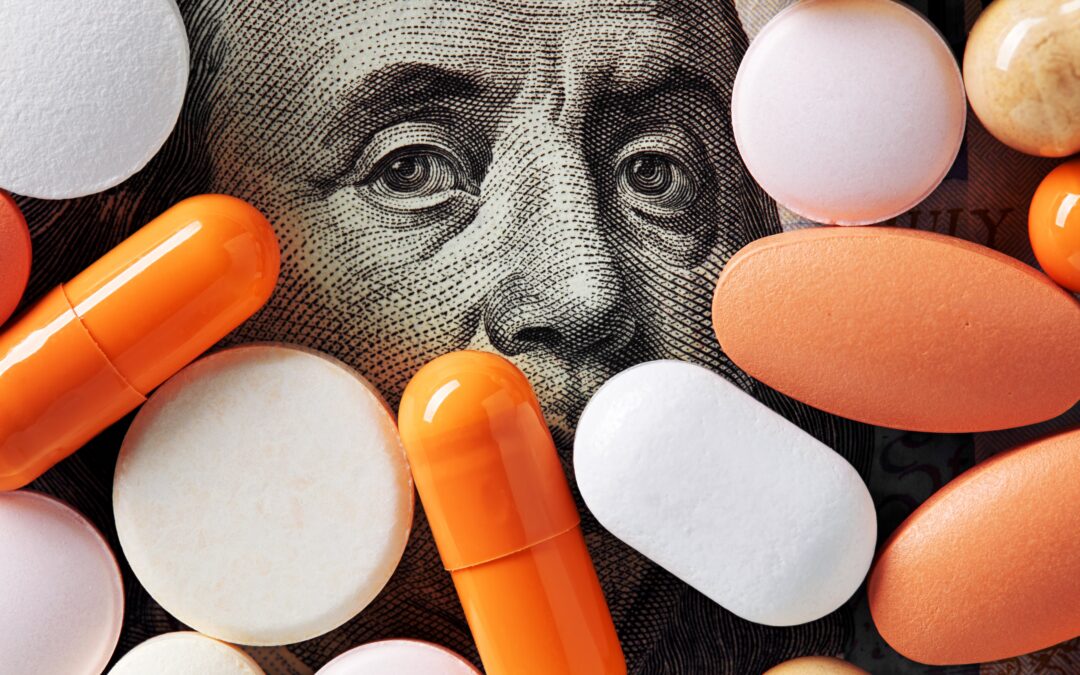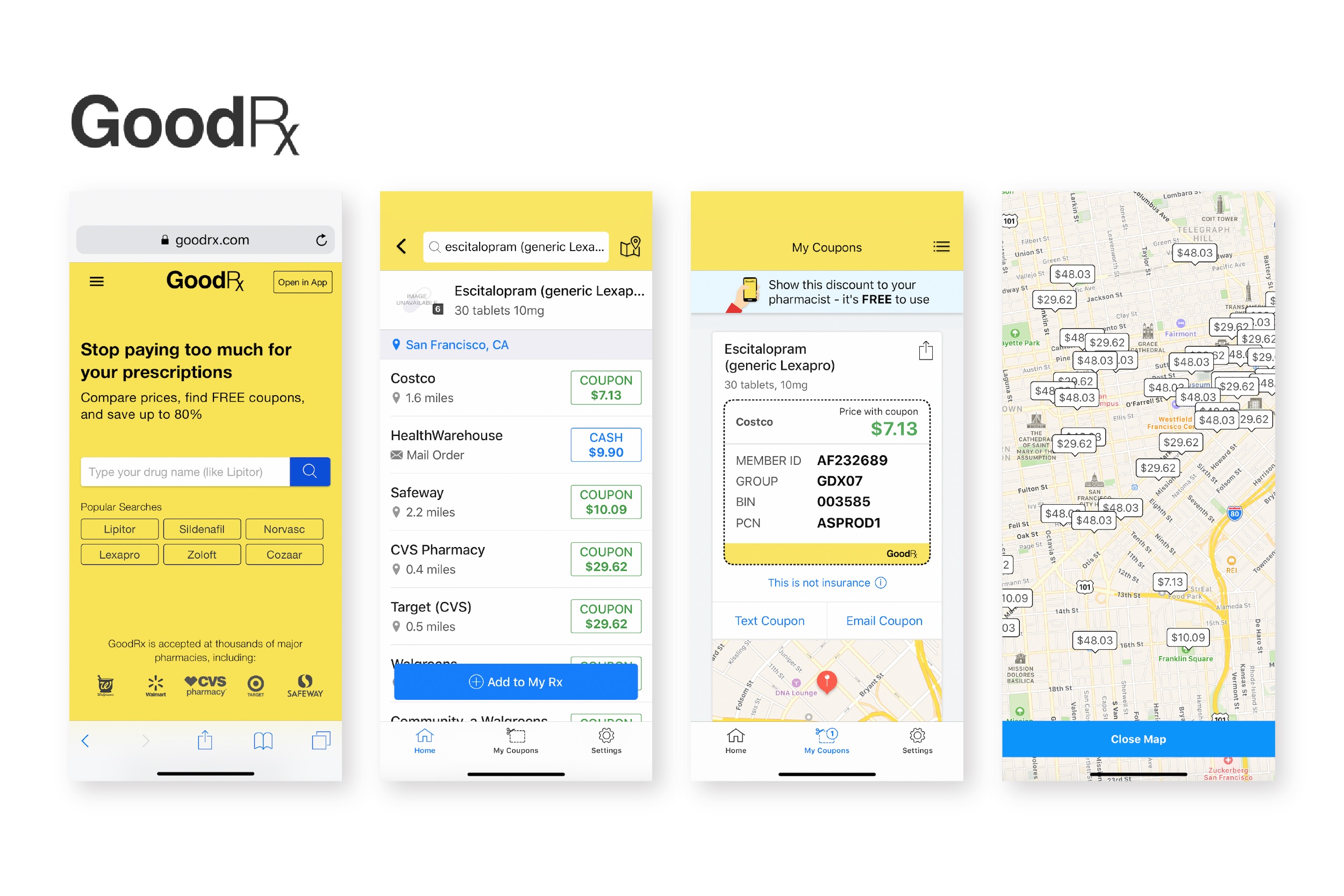Disclosure: We’re letting you know that this post contains sponsored links which Poll2action.com receives compensation for, which may impact their order of appearance.
In this era of economic uncertainty, Americans must choose between affording essential medications and feeding their families. Half of all Americans and 70% of adults aged 40-79 rely on prescription medications to manage chronic illnesses but are held hostage by big pharma.
Food prices are outpacing inflation in 2023. With a staggering 17% rise in food over the last two years, the medication budget has been squeezed dry. The shocking truth is that a third of U.S. adults admit they’ve skipped their medication due to the high costs, as revealed in a 2023 poll by KFF. This isn’t a mere statistic—it’s a nationwide crisis.
Where Does America Stand Globally?
Americans spend more on prescriptions than any other country in the world—over $1000 per person per year.
- U.S. prices are 256% higher than those of 32 other countries combined.
- Americans pay 170% more than Mexico and a whopping 779% more than Turkey.
- The cost of generic drugs is 84% higher than in other countries.
History of U.S Drug Prices
“Annual U.S. spending on prescription drugs was recently estimated at $457 billion. Even after adjusting for general inflation, U.S. prescription drug spending increased by 76 percent from 2000 to 2017, and spending is expected to increase at a higher rate than other areas of health care over the next decade,” as reported by the Rand Corporation in 2021. (Report available on the Office of the Assistant Secretary for Planning And Evaluation website.) This trend is concerning, as it puts a heavy burden on patients and the healthcare system as a whole.
Is The Inflation Reduction Act Effective?
Last year, Congress took steps to lower drug costs with the Inflation Reduction Act. However, among its other problems, the bill barely scratches the surface of medication insecurity. While some parts of the bill promise relief, it is still years away from making an impact. Although Medicare recipients have been given a $35 monthly price cap on insulin, the rest of the population is out of luck.
The China Risk
- Pharmaceutical imports from China rose alarmingly from 1% in 2021 to 9.6% in 2022.
- Imports are mostly for life-saving cancer, immune (like steroids for asthma), and heart medications. According to Nikkei Asia, this increased eightfold, from $820 million in 2021 to $6.95 billion in 2022.
- With India and China manufacturing the active pharmaceutical ingredients (APIs) for 60-70% of U.S. generic drugs, the dependence on these two countries is significant.
- The market for APIs will reach $158.4B in 2023 and is expected to be as high as $232.8B by 2028. You can bet consumers will be picking up the tab.
The growing dependence on China poses a severe national security risk to the U.S. healthcare system. It is high time we end the power China has over essential medications before they choose to cut off exports altogether. The United States must urgently prioritize securing more reliable and cheaper supply chains.
The Role of GoodRx
GoodRx, a revolutionary platform established in 2011, helps consumers find discounted drugs at their community pharmacies. You don’t need a membership. The free GoodRx app and website provide FDA-approved name-brand and generic medications at up to 80% off regular prices. More than 70,000 U.S. pharmacies, such as CVS and Walgreens take GoodRx.
This platform is a lifesaver for the 7+ million uninsured Americans who pay out-of-pocket for their medications and have used this service. GoodRx has emerged as a beacon of hope for those needing a financial leg up when times are tough. They are allowing consumers to take back some control over their own health. (Side note – you can also use GoodRx for Pets!) For more information on GoodRx, follow this link.


